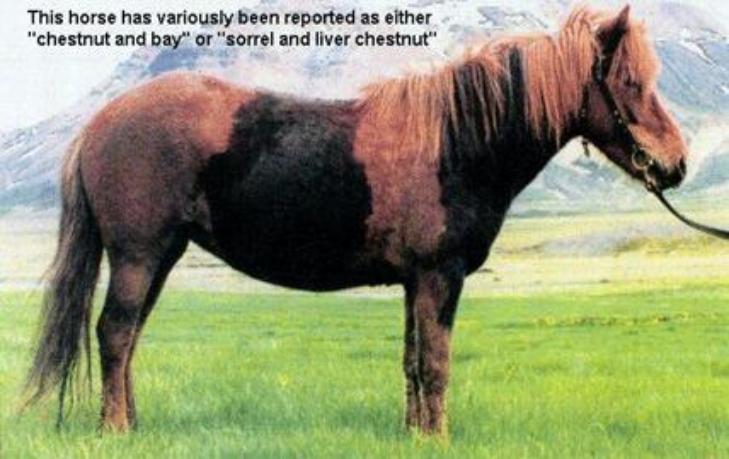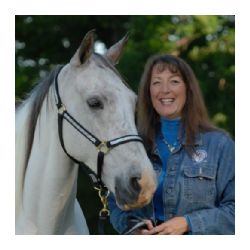Show of hands-
Who DOESN'T think their horse is special?
Umm-hmmm, there's one or two out there. You folks need to find another way to spend your time. Horses aren't getting it for you, and, frankly, the rest of us who know better can tell the difference. Fly-fishing, piloting an aircraft, BMX racing, hunting, working on the truck/trailer, riding that tractor-we'll love you anyway and might even breathe a sigh of relief.
Now-the rest of you, if your horse is so special, can you put into words OR provide a complete stranger with pictures a just stupendous description of your horse that would make them able to go out and identify that animal in a pen full of others that look pretty much just like him? For example, I have 10 horses. One is a bay. One is a grulla dun with primitive markings. One is a chesnut. The rest are greys-and from a distance, it is nearly impossible to tell one from the other. The catch? I've raised most of them from foals.
Can I describe that bay in such a way that someone could pick her out? Absolutely. She is a blood bay with a tiny star and two Bend Or spots about 2 inches in diameter, one on each hip about halfway down. (She also happens to be microchipped.) What, in heaven's name, are Bend Or spots?
Bend Or spots are named for a Thoroughbred stallion who had them. No one knows why they appear-only that they do. They are almost invariably darker that the body coat and can range in size from the size of a dime to larger than your hand. No genetic cause has ever been shown. They do not fade on the individual thus becoming distinctive markings for identification purposes.
 This oddly-colored pony is a chimaera-a genetic blending of two embryos during development resulting in one live birth. The genetic material has to come from fraternal-not identical-twins to be a chimaera. The only way to prove chimaerism is through genetic testing. The results will show two sets of DNA in one individual. Various coat patterns may occur including brindle.
This oddly-colored pony is a chimaera-a genetic blending of two embryos during development resulting in one live birth. The genetic material has to come from fraternal-not identical-twins to be a chimaera. The only way to prove chimaerism is through genetic testing. The results will show two sets of DNA in one individual. Various coat patterns may occur including brindle.
Not all brindle coats are due to chimaerism, however. Brindle is a very unusual pattern and, when seen, is predominately a dark pattern of vertical lines on a lighter coat. There are white brindles, however. A few breeders have attempted to breed for the coat pattern with some success. It appears to be associated with both the dun factor and/or the sooty factor. Any base coat can be brindled. It should be noted-the really striking brindles are the chimaeras-which will probably NOT pass the coloring on. The ones that ARE inheritable will have an almost "moth eaten" or "scissored" coat-like somebody took shears and cut stripes into it.
Machado is a coloring that-so far-is found only in South America, primarily in Argentina. There are several  breeds that have shown this remarkable pattern. It is unknown at this point whether it is due to a spontaneous genetic mutation or environmental factors working on the genetics. Criollos, Arabians, and Thoroughbreds-among others-have exhibited this pattern.
breeds that have shown this remarkable pattern. It is unknown at this point whether it is due to a spontaneous genetic mutation or environmental factors working on the genetics. Criollos, Arabians, and Thoroughbreds-among others-have exhibited this pattern.
There are many, many other descriptions of coat patterns and markings that you could use to define your horse in words. Sooty, dun, countershading, rabicano, pangare, sabino, tovero, birdcatcher, chubari, bloody shoulder, badger face, gluastra plume-and more. All of which underlines the need for detailed, up--to-date photos of your horse.
Even if that horse IS one of a kind!
Stolen Horse International provides news and other resources for free on this website. As a charitable organization we survive on the kindness of people like you. Please consider donating to help fund the organization or purchasing a NetPosse ID for your horse, dog or cat to help protect your beloved animals!
Debi Metcalfe

Debi Metcalfe
Founder | debi@netposse.com



Comments